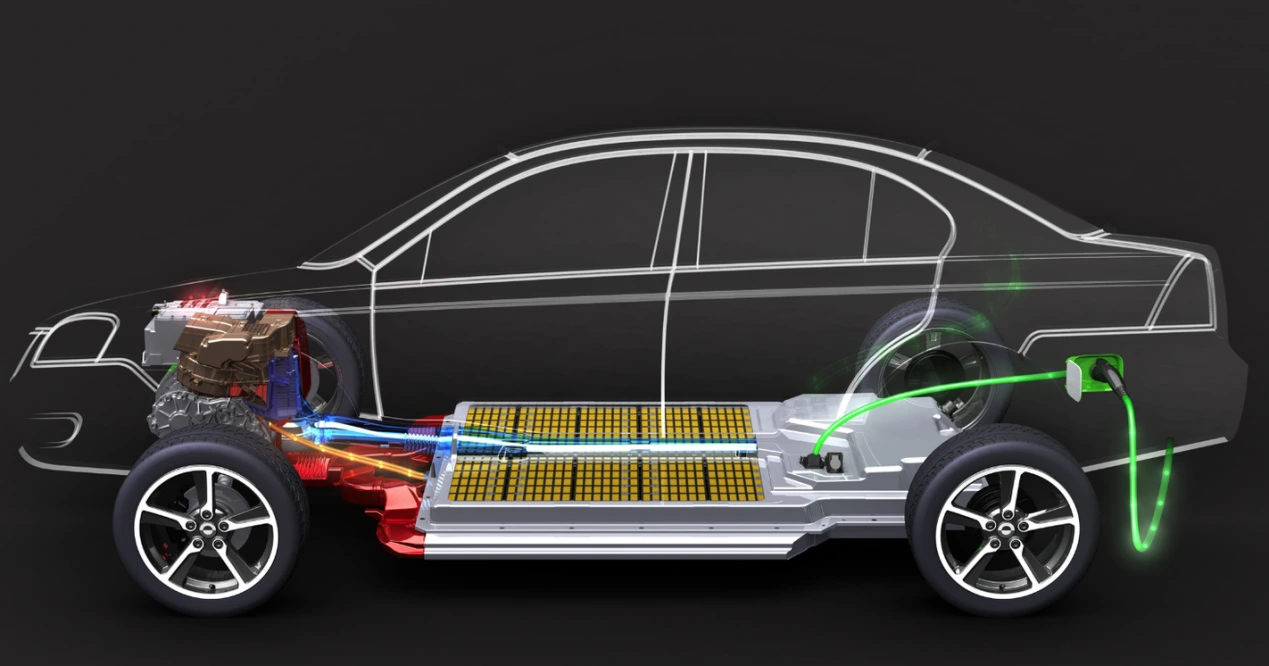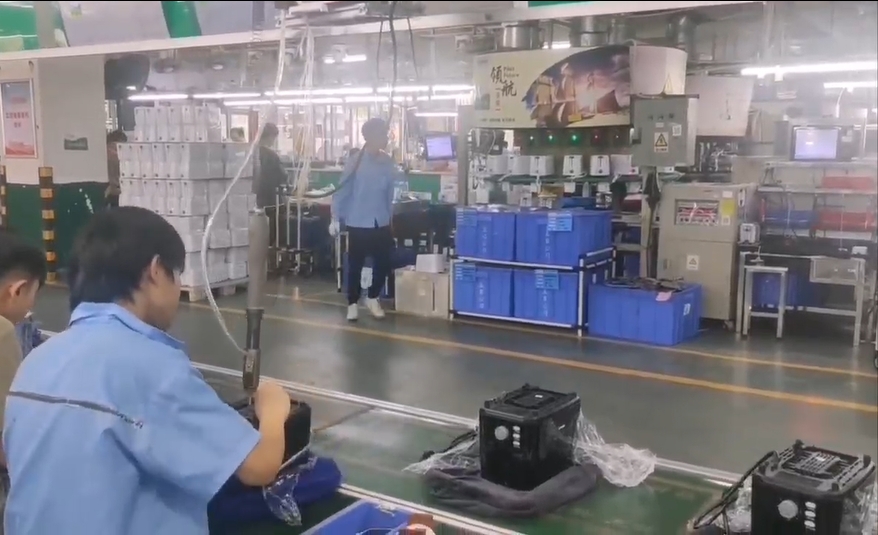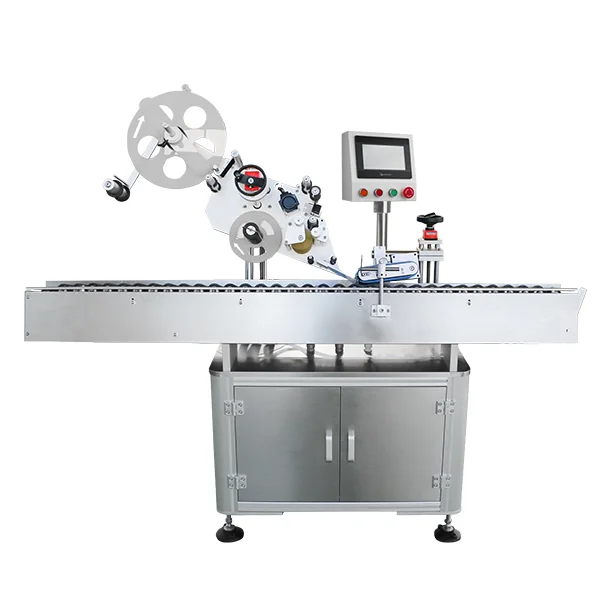With the increasing popularity of renewable energy and green building concepts, building-integrated photovoltaic (BIPV) curtain wall systems are increasingly being used in residential buildings. BIPV not only replaces traditional exterior wall materials but also provides clean energy for homes, reducing energy consumption and achieving energy conservation and emission reduction goals. However, the successful implementation of BIPV systems in residential buildings requires consideration not only of power generation efficiency but also of architectural aesthetics, structural safety, and comfort. This article will delve into design techniques for BIPV facade systems in residential buildings to help architects, designers, and homeowners achieve their ideal green residential results.
1. Understanding the Value of BIPV Applications in Residential Buildings
The application of BIPV systems in residential buildings offers the following core benefits:
Energy Savings and Emission Reductions: By integrating photovoltaic modules into the building's facade, BIPV systems generate electricity without occupying additional space, providing some or even all of the home's electricity needs and reducing electricity bills.
Enhancing Architectural Aesthetics: BIPV systems can be used as decorative facade materials, blending seamlessly with the overall architectural style, achieving a harmonious balance of function and aesthetics.
Increasing Building Value: Green building concepts are increasingly popular in the market. Homes equipped with BIPV systems are not only environmentally friendly but also enhance their market value. Improved Comfort: Some BIPV systems offer shading and insulation, improving indoor light and temperature, and enhancing living comfort.
Understanding the value of BIPV systems in residential buildings is a prerequisite for effective design. Only with a clear goal can the optimal balance be achieved in the design.
2. Proper Layout of PV Curtain Wall Components
The BIPV design of residential buildings must first consider the layout of the PV modules to ensure power generation efficiency and a harmonious appearance.
Orientation and Tilt Design
Orientation Selection: In the Northern Hemisphere, residential PV curtain walls are best oriented south or southeast/southwest to maximize sunlight.
Tilt Design: Although residential exterior walls are typically vertical, the tilt angle of the curtain wall can be adjusted to optimize photovoltaic power generation efficiency.
Zoning Layout
Divide the building facade into several functional areas, such as power generation, shading, and decorative areas.
The power generation area should be shielded as little as possible, such as by windows, balconies, or greenery.
Modular Design
Using standardized PV module sizes and arrangements facilitates construction and maintenance. A modular layout also enhances the building's appearance and aesthetics.
3. Aesthetic Design Integrates with Architectural Style
In residential buildings, BIPV systems are not only energy devices but also visual elements of the exterior facade. Consider the following design techniques:
Color Selection
PV modules come in a variety of colors, including dark blue, black, and translucent.
Select module colors based on the overall style of the home to achieve a harmonious facade color.
Material Combination
BIPV systems can be combined with materials such as glass, aluminum, and stone to create a layered effect.
For modern, minimalist homes, black or dark blue PV panels can be chosen; for traditional-style homes, translucent or low-reflective PV panels can be tried.
Texture and Pattern Design
Utilize module arrangement and surface texture to create regular geometric patterns, enhancing the building's visual aesthetic.
For duplexes or villas, staggered BIPV modules can create a dynamic effect.
4. Focus on Structural and Safety Design
BIPV curtain wall systems for residential buildings must ensure structural safety and long-term durability:
Load-bearing Analysis
PV panels add weight to exterior walls, so structural load calculations must be performed during design to ensure the safety and reliability of the exterior walls and support systems.
Waterproofing and Sealing Design
BIPV systems must be well integrated with the building's exterior walls to prevent rainwater seepage.
Waterproofing strips, sealing strips, and drainage systems can be used to ensure long-term waterproofing.
Wind Pressure and Earthquake Resistance
This is particularly important for high-rise residential buildings. PV curtain walls must be stable under wind pressure and earthquakes.
Wind and earthquake resistance can be improved by strengthening the keel structure and fixings.
5. Optimizing Energy Efficiency and Photovoltaic Performance
BIPV design for residential buildings must not only focus on aesthetics but also on power generation efficiency:
Selecting High-Efficiency PV Panels
Polycrystalline, monocrystalline, and thin-film PV panels each have their advantages and disadvantages.
For residential buildings, high-efficiency monocrystalline panels are suitable for maximizing power generation within limited spaces.
Minimizing Shading
Guarding PV panels against trees, surrounding buildings, or balconies to ensure sufficient sunlight. For translucent panels, a design that balances power generation and daylighting can be adopted in window areas.
Smart Power Management
Equipped with an inverter and power monitoring system, this system optimizes photovoltaic power output and increases self-use.
It can be combined with a home energy storage system to meet power needs at night or on rainy days.
6. Considering Construction and Maintenance Ease
Residential buildings generally have high construction and maintenance requirements. When designing a BIPV system, the following techniques should be considered:
Modular Design for Easy Installation
Modular photovoltaic panels are easy to transport, hoist, and secure, reducing the construction cycle.
Standardized interface design facilitates rapid assembly by the construction team.
Ease of Maintenance
Design includes maintenance access for regular cleaning and inspection.
Select stain-resistant and weather-resistant materials to reduce maintenance frequency.
Considering Electrical Safety
The photovoltaic electrical system should comply with residential safety standards to prevent electrical leakage or fire risks.
Use highly fire-resistant and UV-resistant cables to extend the system life.
7. Customize BIPV Systems Based on Residential User Needs
Each residential user has different requirements for BIPV systems, so thorough communication is essential during the design process:
Daylighting needs: Natural light may be retained in certain areas, so translucent photovoltaic panels can be used.
Privacy needs: Opaque photovoltaic panels can be used on balconies or bedroom exterior walls to maintain privacy.
Smart Home Integration: BIPV systems can be integrated with home energy management systems (HEMS) for intelligent control.
Through personalized design, user needs can be met without compromising photovoltaic power generation efficiency, achieving a balance between functionality and comfort.
8. Summary
Designing a BIPV facade system in a residential building is a comprehensive undertaking, requiring consideration of aesthetics, structure, safety, power generation efficiency, and user experience. Key skills for a successful residential BIPV project include rationally placing PV panels, integrating aesthetic design with architectural style, ensuring structural safety, optimizing photovoltaic performance, facilitating construction and maintenance, and customizing the system.
With technological advancements and increasing consumer demand for green homes, residential BIPV systems will become increasingly popular. Through scientific design and meticulous construction, residential buildings can not only achieve energy conservation and emission reduction goals, but also enhance living quality and building value, providing a solid foundation for green, low-carbon living. As a professional supplier of residential BIPV facade systems, FGNEX SOLAR specializes in providing efficient, aesthetically pleasing, and sustainable photovoltaic curtain wall solutions for residential buildings. Leveraging extensive project experience and advanced technical R&D capabilities, the company is able to customize BIPV systems based on diverse residential styles and user needs. FGNEX SOLAR also offers comprehensive pre-sales design consulting, construction guidance, and after-sales maintenance services, ensuring each project achieves the optimal balance between power generation efficiency, aesthetics, and structural safety, providing reliable support for green and low-carbon residential construction.
www.fgnexsolar.com
fgnexsolar


